It’s been a week since I shared my initial impressions of Fallout 76: Wastelanders, and I’ve gone on to dump another 50 hours into Bethesda’s multiplayer experiment. Fallout 76’s star has risen on Steam, and the game currently sits at a 76% “Mostly Positive” user review rating. People are enjoying their return to Appalachia, and in many ways I have as well. But, the longer I played the more the old jank and terrible design at the core of the game made itself apparent. Fallout 76: Wastelanders is a great expansion to what remains a deeply flawed experience.
Fallout 76: Wastelanders nails the narrative
Now that I’ve gone and finished all the new narrative content Wastelanders had to offer I can confidently claim that it has some of the best writing and voice acting we’ve seen in a Fallout game since New Vegas. While Fallout 4 wasn’t objectively terrible, the watered-down dialogue and so-so story betrayed Fallout’s legacy as a marque RPG franchise. Fallout is well regarded for its deep role-playing mechanics and various creative stories, yet Fallout 4 placed those toward the wayside in favor of exploration and combat.
Fallout 76 at launch completely excised these portions of the franchise’s DNA from the experience. While Fallout 4 may have reduced the impact of dialogue and player agency, Fallout 76 had none. It’s lore-heavy main quest was a poor facsimile of what we loved in previous Fallout games, and in turn it made the sprawling hills of West Virginia feel barren and lifeless. Bethesda wanted players to fill the void created by the dearth of proper NPCs themselves, but all this did was make the world feel isolated and lonely.
In bringing NPCs back to the wasteland it seems Bethesda has made a point to atone for their narrative sins since Fallout 4. It’s almost like they peered back and saw the course they were on and decided, “no more.” Dialogue in Fallout 76: Wastelanders has an actual impact on the game, with many quests altering or resolving differently based on the choices you make. Conversations are reminiscent of those from Fallout 3 and New Vegas, providing players of every variety choices that befit their personal preference. SPECIAL checks are sprinkled about liberally, and can dramatically shift the final outcome of a conversation.
This is all supported by some truly stellar voice acting. Meg, the leader of the raiders, effectively comes across as a rockabilly free-spirit who still holds firm to a basic code of conduct. Weasel and her broken voice-collar left a permanent smile on my face as we hunted down a suicidal ghoul amidst his various failed deathtraps. The pleasant nonchalance of Penelope Hornwright in the Settler equivalent of Weasel’s quest quickly endeared me to her, as she was easily more amused than annoyed by current events.
All of the named characters you encounter are fun to interact with, and add a much missing sense of soul to the wasteland. Even the quests themselves are infinitely more enjoyable than anything else found in Fallout 76, because it often feels like you have a genuine impact on how they will resolve. This feeling never disappeared until the very end of the campaign, when your tossed unceremoniously back into the core Fallout 76 experience, and I hope future updates to the game build upon and expand the groundwork established in this narrative.
Fallout 76: Wastelanders often reminds you of the highs Bethesda can reach when they go all-in on their storytelling, and having regular humans wondering Appalachia doing nothing more than exist is itself enough to make the world feel less barren to explore. For all the highs Wastelanders brings to the game, it also makes the flaws in its core design that much harder to ignore.
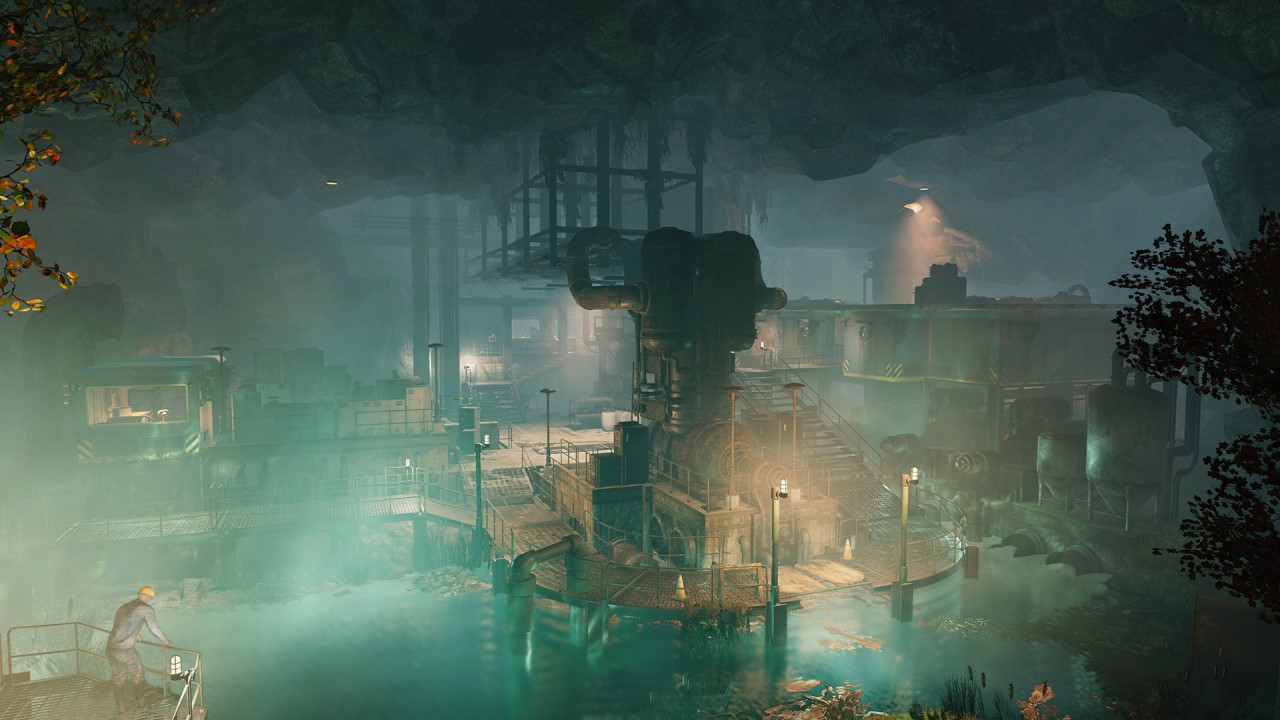
The foundation remain rocky
Last week, after I cleared the new introductory quest-line at The Wayward with Duchess and Mort, I decided to complete the main quest that launched with Fallout 76, to see what – if anything – was altered. Immediately apparent were the new raider and cultist camps sprinkled about the map, where chem-addicted Blood Eagles or Mothman obsessed fanatics provided a healthier helping of critical stims, ammo, and weapons. I tooled around with the pre-Wastelanders version of the game for a couple of days prior to the update, and the difference in the loot economy has been stark.
Weapons and mods that were once a slog to farm are now abundant. I went from constantly scrounging for healing items to having a relatively ample supply. The inclusion of proper human NPCs in Appalachia has helped plug a few of the more glaring holes in progression, but they haven’t made survival any less tedious. Sure, I may have more weapons to play with and can keep myself alive longer, but the concessions that were made to make Fallout work as an always-online game, and a host of remaining (and new) bugs highlight just how flawed the core design of this game is.
Enemies continue to scale based on the highest-level player to enter an area, and they will remain as they are until they are killed or the server shuts down. At this point in Fallout 76’s life most of the existing players are above the level 50 soft-cap, which means large swaths of the map end up over-scaled to newer players. This issue is further compounded by Fallout 76’s bizarre damage model. Weapons that are at the same or greater level as an enemy will frequently hit for piddly damage, and level-equivalent armor does little to mitigate damage. This is even after factoring in perks that bolster attack and defense, and it’s not really until you are ten or more levels above an enemy that things start to feel right.
Now throw in enemies that are suddenly twenty or more levels above you hugging a quest objective you direly need to move forward and your progression screeches to a halt. Sure, you can always “server hop”, but that runs counter to how we traditionally play Fallout games. In other entries you were either on par and able to progress, or you moved on with a different quest-chain and progressed until you could overcome the challenge. It’s a dissonance that’s hard to overcome, and the absurd level-scaling is made all the more frustrating by the survival mechanics stapled on to experience. Item durability, hunger, thirst, and food spoilage are all a little too aggressive – again, even with perks – and when a level 68 Super Mutant shatters your leg and chest armor immediately after you’ve repaired them these systems spiral into a frustrating slog.
Now I’ve got to repair my armor again, so I need to scrounge for materials. As I’m doing so my weapon either breaks or runs out of ammo because of all the over-leveled bullet sponge enemies littering the areas I am pillaging. I can always scavenge something off the ground, but this adds to my weight, so I either need to ditch my original custom-made weapon, some of the aid materials keeping my thirst and hunger meters at bay, or the very loot I am trying to farm in the first place.
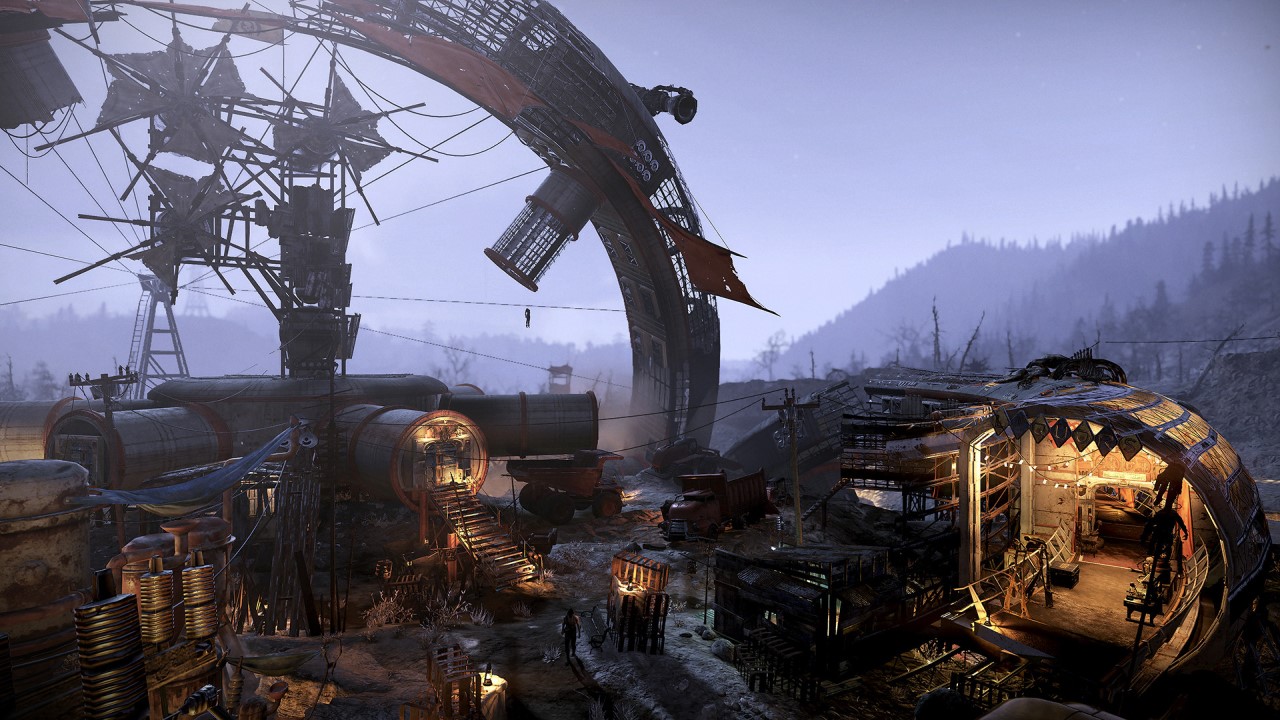
Again, this is even with perks. The perk card system is fine on paper, but many of the systems in Fallout 76 seem tailor-made to pigeonhole players into specific perk loudouts if they wish to make the grind to survive tolerable. The most stunning bit is how this all melts away once you crack the soft-cap at level 50. At that point most enemies are scaled closer to your level and can be easily dispatched. No longer constantly chasing your tail with repairs, starved for ammo or aid, and likely running the full gamut of weight-reducing perks you are free to pick areas clean with impunity. Then the challenge evaporates almost instantly. There is no middle-ground in Fallout 76: you suffer upwards until the soft-cap then largely ignore the survival mechanics thereon out.
A proper level-scaling system and some rebalancing would abolish most of these issues, so trust me when I say I am beyond overjoyed to know Bethesda is prepping a One Wasteland update for Fallout 76 that aims to address level scaling and game balance. Hopefully it also overhauls the perk card system, because the current “grind 50 more levels for a respec,” and “collect as many duplicates of perk cards as you can” philosophies have turned what should be a fun system that promotes build diversity into an arduous grind. I like the idea of having something to work towards, and the Legendary Perk system that’s been suggested sounds about right to me. Bethesda could relax the current re-specialization mechanic while ensuring there is still an incentive to grind out higher levels.
Those are tangible solutions to core problems that will go a long way towards bringing the rest of the Fallout 76 experience up to the same level as the Wastelanders experience, because as they currently stand they feel separate from one another. Wastelanders often feels like an excellent standalone Fallout 3, New Vegas, or even 4 expansion Frankenstein’d onto Fallout 76’s rickety frame – a frame that evidently needs reinforcement sooner rather than later. Wastelanders provides Fallout 76 a path forward, and One Wasteland appears slated to address the mechanical issues that continue to plague the game later down the road. But, the bugs…oh, the God-damn bugs.
After the One Wasteland update Fallout 76 needs an Operation Health-esque update, much akin to what Ubisoft did for Rainbow Six: Siege. Fallout 76 has improved since launch, I have to give it that. But, man, is it still rife with bugs. Hell, Wastelanders introduced its fair share of new, critical issues despite a lengthy PTS period. NPCs can steal your hard-earned weapons if you die while helping them, which is a massive fucking issue if you’ve spent any time farming legendaries in the game. While largely resolved now, a new duplication bug was introduced that led to player vending and displays being disabled for nearly a week.

The Creation Engine is so well known for its bugs at this point it’s a meme, but Fallout 76 often seems to slur, “Hold my beer,” as it finds absurd new ways to explode. Regular enemies are frequently regenerating health for no discernible reason (which exacerbates the ammo/repair grind), quests continue to bug out and need to be started anew, and there has been some argument over whether or not durability, thirst, hunger, and spoilage are all bugged currently.
Performance is still all over the map too, and while Fallout 76 does run smoother I’d frequently drop below 60 FPS at random intervals. I run a GTX 1080 Ti and Intel i7-8700K – still beefy components these days – and these common drops would occur at both 1440p and 1080p. The improved lighting does look better in many respects (though the god-rays are often overused and over-saturated), but holistically the graphics are not in any way stellar. To be blunt, the game often looks like it’s six years older than it is, but it runs worse than many modern games that look leagues better.
Furthermore, the Pip-Boy and C.A.M.P. interfaces remain obtuse and painful to navigate. Why are food and drink not in their own category? Why the hell is everything in my camp “floating” when it clearly isn’t? Wastelanders has gone a long way to address the narrative issues in Fallout 76, but there remain a host of quality of life tweaks the game desperately requires. I understand you can low-key mod the game, but Bethesda shouldn’t rely on the community to fix their problems. That was cute back in Skyrim, but it’s annoying now.
Fallout 76: Wastelanders is an excellent expansion in isolation, but it does little to triage the jank that has harassed Fallout 76 since inception. The upcoming One Wasteland update will go a long way towards improving the base experience, but until the game is given a dedicated maintenance patch it will continue to stand on tumultuous ground. This needs to be a priority.
Of course, these are all problems with the game itself, and I’m not so cynical as to believe Fallout 76 can’t one day become good. Like, honest-to-god “I can recommend this without shame” good. Wastelanders itself is great when reviewed in a vacuum, but the flawed base game still holds everything back. It can be addressed, and it appears the developers at Bethesda are up to the task. Wastelanders has restored my faith in this development team, and what they can do to remedy the myriad faults within this game.
Pity I can’t say the same about the microtransactions. Oh yeah, it’s time for that conversation, because they do legitimately undermine some of the effort put into this update and the game as a whole.
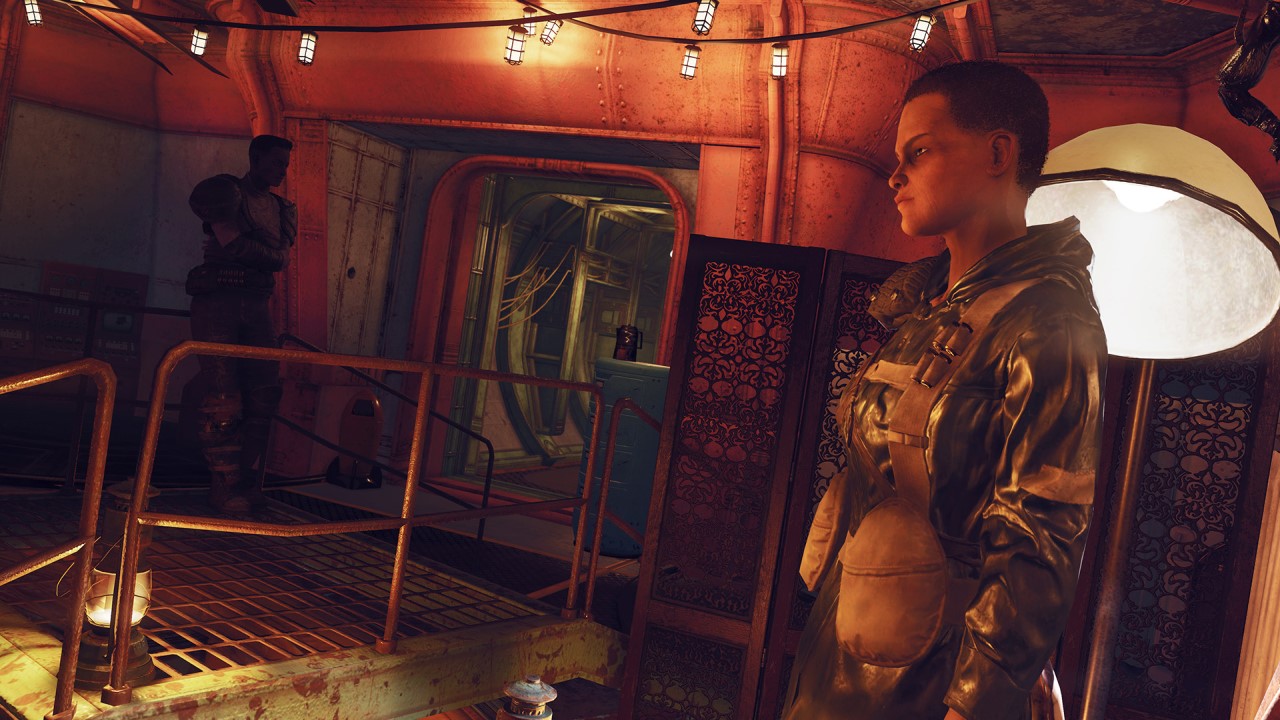
Raiding the player-base
The developers will likely toil away for months and years fixing Fallout 76, and their hard work is commendable. What is not praiseworthy are the corporate leads at Bethesda deciding to use this broken mess of a game to see how far they can push microtransactions, and it has me very concerned for Starfield and The Elder Scrolls VI.
Let’s get this out of the way: I am 100% fine with cosmetic real-money shops and/or subscriptions in live service games. Ongoing development has to be funded somehow, and box-sales diminish to a point overtime that they alone cannot carry the burden. It’s the nature of the beast, and so long as they don’t hamper the game I’m typically okay with them.
What I am not cool with is Bethesda asking for more money immediately after shipping a game that couldn’t even justify its asking price. The Atom Shop has been live since damn near the beginning, when Fallout 76 was at its most unplayable and shattered. If the Atom Shop had debuted alongside Wastelanders then maybe, just maybe, I’d be a little less miffed about its existence, but Bethesda wanted to pilfer more cash from its fans long before addressing the vast array of debilitating problems plaguing Fallout 76.
Yes, I am keenly aware you can earn Atoms in-game. I am sitting on roughly $15 worth as I write this. I’m not bitching about the value of what’s in the shop, or the work required to earn free Atoms (which, isn’t all that terrible – though the convenience items still bother the shit out of me because they’re solutions to problems Bethesda intentionally created). I’m more perturbed by the blind greed and sheer apathy required to demand more money from your fledgling player-base while your game is actively on fire – a player-base that has seen beyond all the issues with your game and are championing it when no one else will.
This sentiment also extends to Fallout 1st, the optional subscription service tied to Fallout 76. For a little under $15 a month, or $100 a year, you can pay for solutions to problems Bethesda intentionally grafted into the game, and to access the much request private servers. I paid for a month of the service to evaluate it for myself, and what I found was that most of “services” made the game a fuckload easier to enjoy. Yeah, you can ignore them if you enjoy grinding caps for fast travel and micromanaging your stash (both of which problems that are alleviated by the tent and unlimited junk stash), but that can be said of any convenience service if you have the stomach and patience to endure the poor design choices they exist to circumvent.
Much like the Atom Shop I’d likely be a touch more forgiving of Fallout 1st if it dropped with Fallout 76: Wastelanders. Hell, that was the plan initially, but after Bethesda delayed Wastelanders into 2020 they opted to still deploy Fallout 1st as intended. So, we were given a subscription service that locked a bunch of fan requested features behind a paywall with nothing substantial added to the game.
The funny thing is some of the items locked behind Fallout 1st would be more palatable if they had a free variant in-game. Unlimited stash for junk? Why not add a free version with a limit, thus giving players some of the additional stash space they’ve been requesting without undermining the allure of the “unlimited” space found in the subscription. Private servers for cash? Why not let players spin one up for free, but with a minimum player count and a time limit? None of these suggestions would make Fallout 1st less contemptible, but the service wouldn’t spit near as much in the eyes of those who supported this game through thick and thin.
My feelings can be summed up rather easily then: Bethesda was more than willing to fleece those who were sticking through what was arguable an alpha version of their game, and Wastelanders hasn’t fixed enough to justify the wealth of microtransactions in Fallout 76 . They launched Fallout 76 in worse shape than some early access titles I’ve seen, but that didn’t stop them from trying to monetize it like a fully polished and complete title. Even today the game remains fundamentally broken at its core, and asking for extra cash will sour many prospective buyers who may have otherwise given the game a chance with Wastelanders.
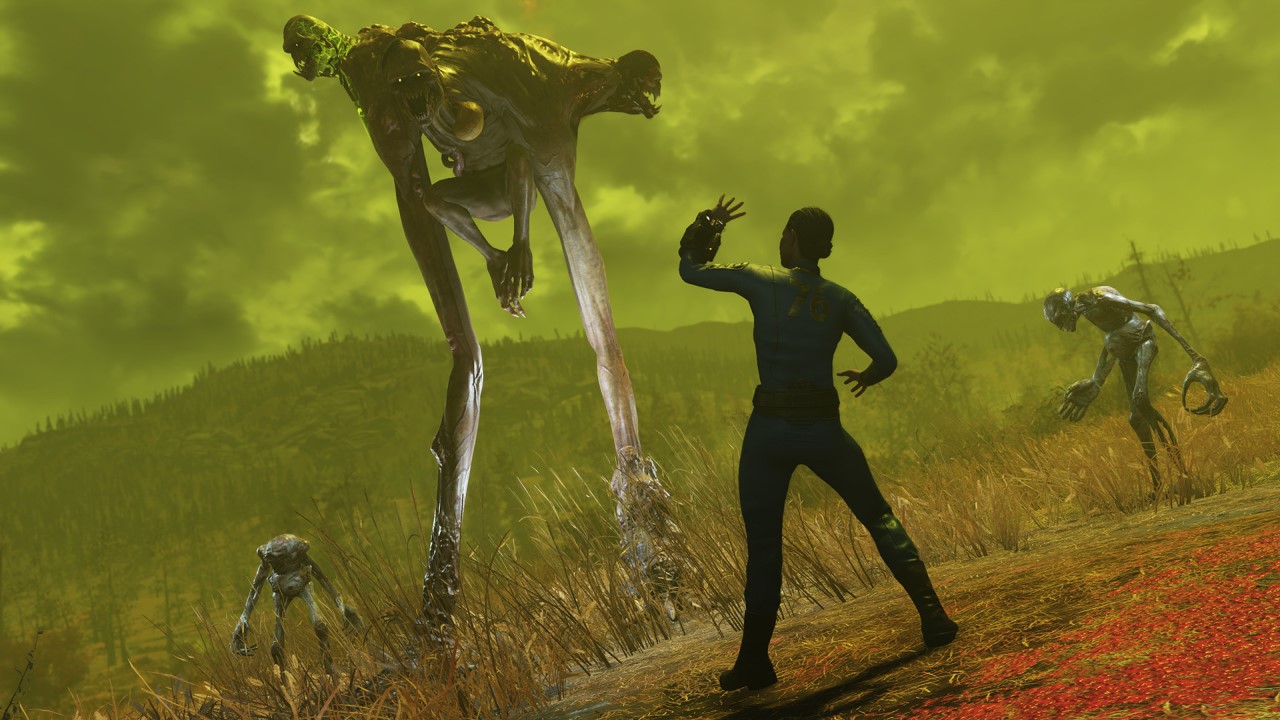
The Verdict
Existing fans of Fallout 76 will love Wastelanders, and if you bought the game previously then Fallout 76: Wastelanders is worth a brief revisit if only to see the new narrative through to completion. If you’ve never played Fallout 76 before this update then it’s a bit of a harder sell, due to a litany of remaining issues and some rather controversial business practices.
The foundation Fallout 76: Wastelanders rests on remains flawed, and while future updates appear poised to repair the issues that remain they won’t mask the questionable decisions Bethesda has made over the life of this game. If you can find Fallout 76 for cheap then I’d say give it a peak – I’d be lying if I said I didn’t enjoy the game to some extent, and I liked the new content on offer.
However, the base game still affects how you engage with Wastelanders, and Fallout 76 is still filled with enough bugs and design quirks that ultimately hamper the experience. That, and the questionable timing and implementation of the microtransactions continues to create an ethical quagmire treacherous enough to keep people away from Wastelanders entirely.
On it’s own Fallout 76: Wastelanders is an excellent expansion, but it doesn’t completely amend the problems that plague Fallout 76, or subvert the controversy that surrounds it. What it does do is provide a path forward that may eventually lead to Fallout 76 becoming a genuinely good game.




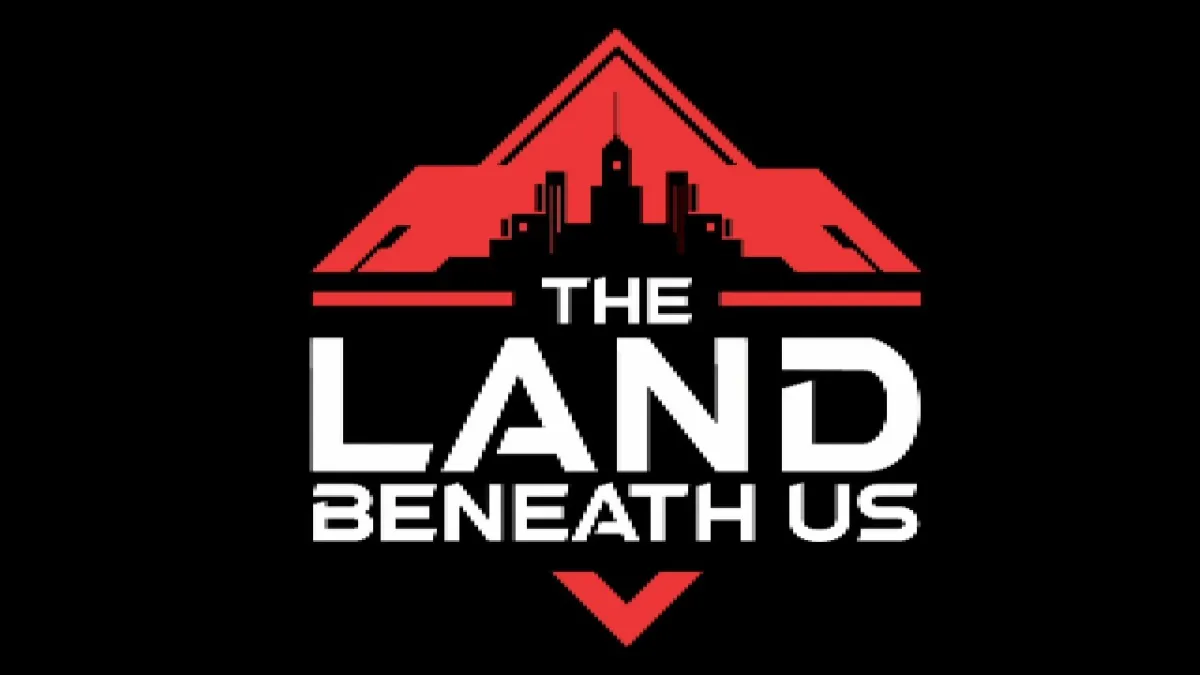
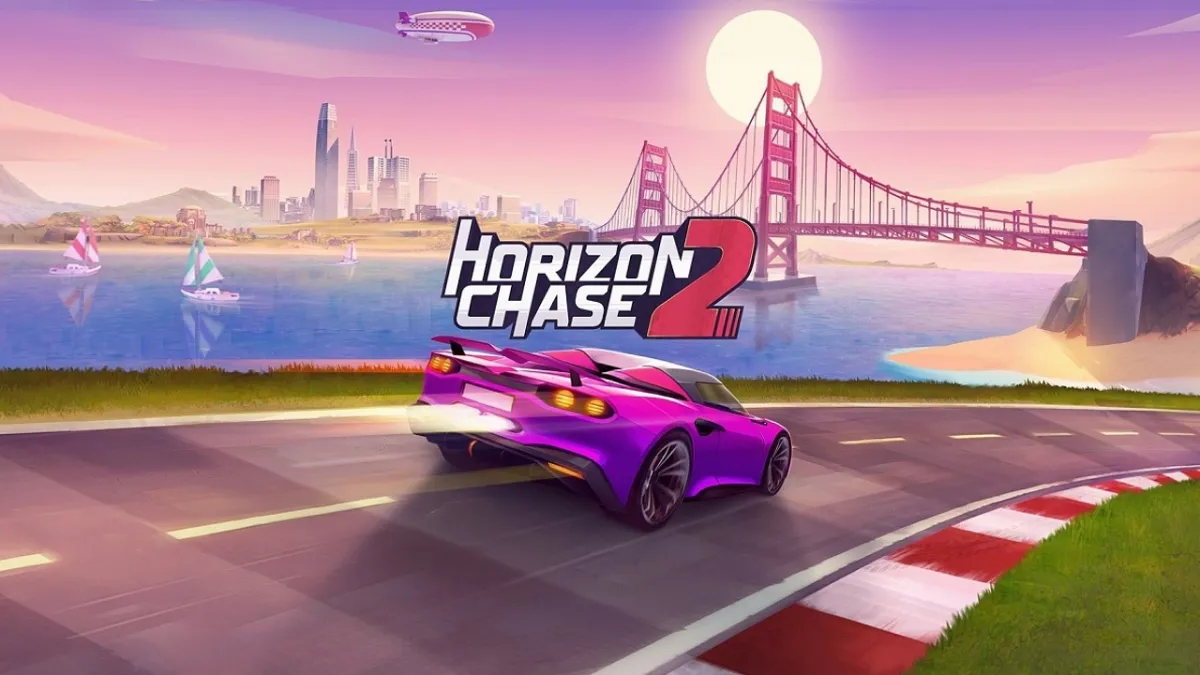



Published: Apr 23, 2020 01:24 pm